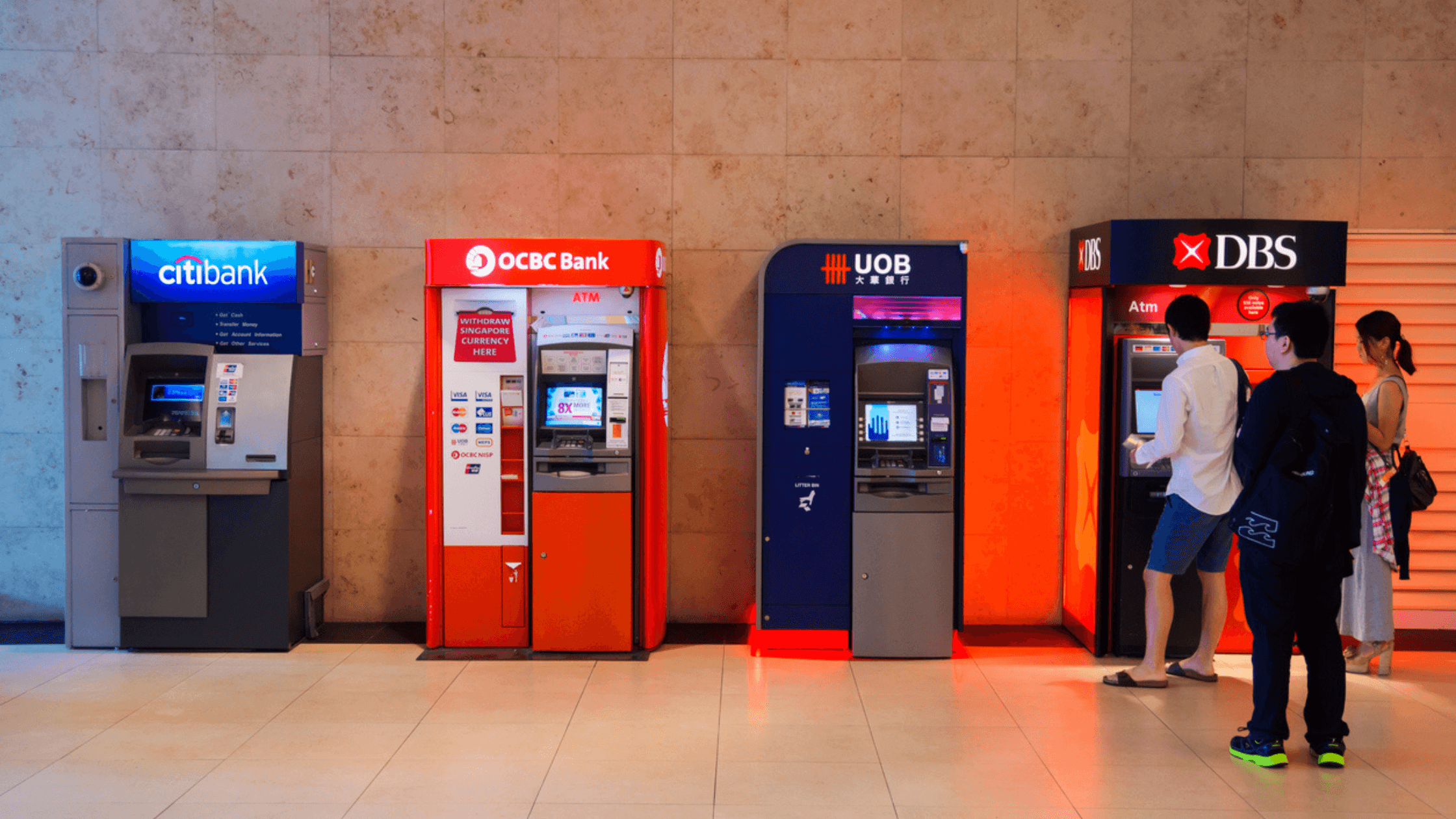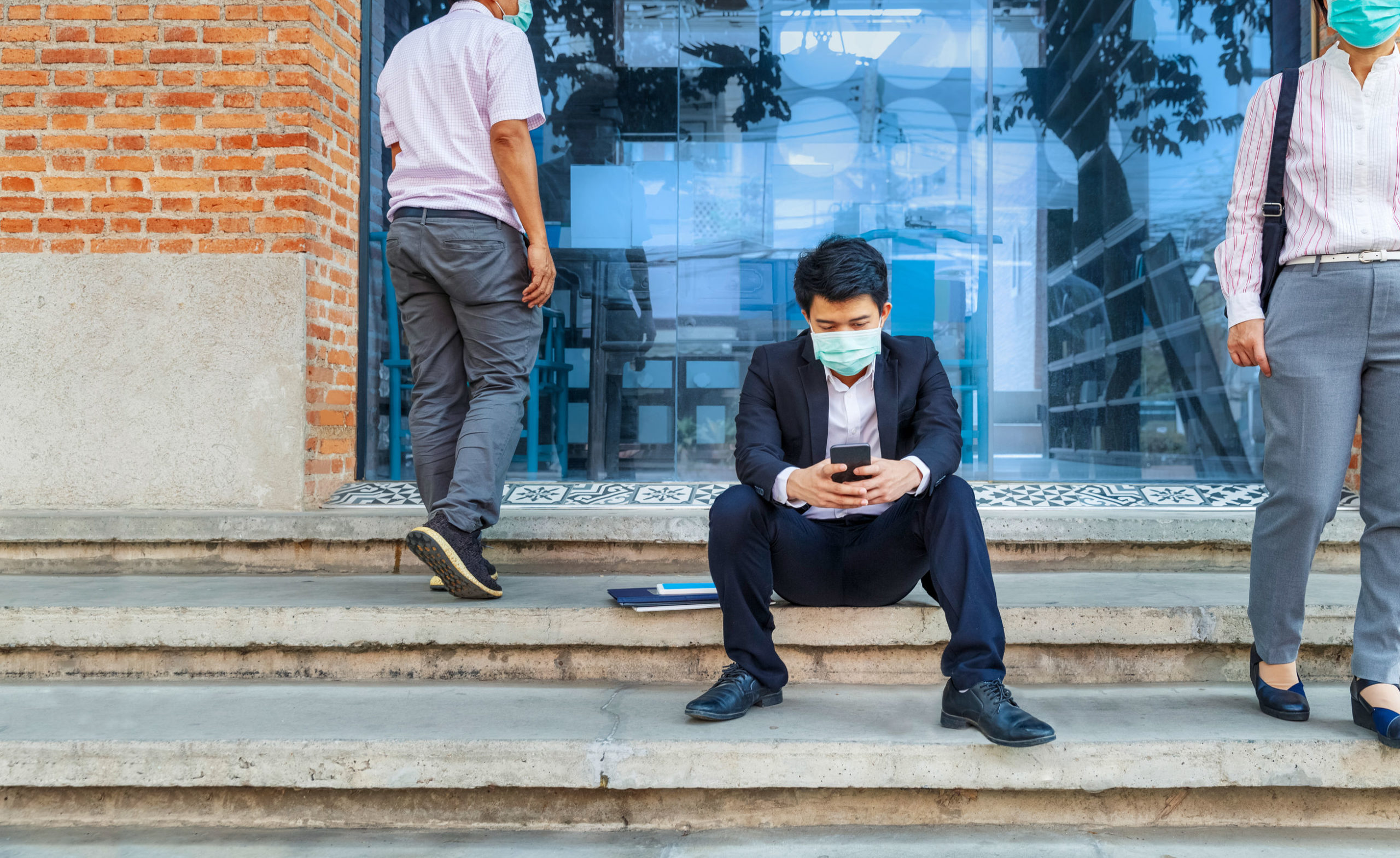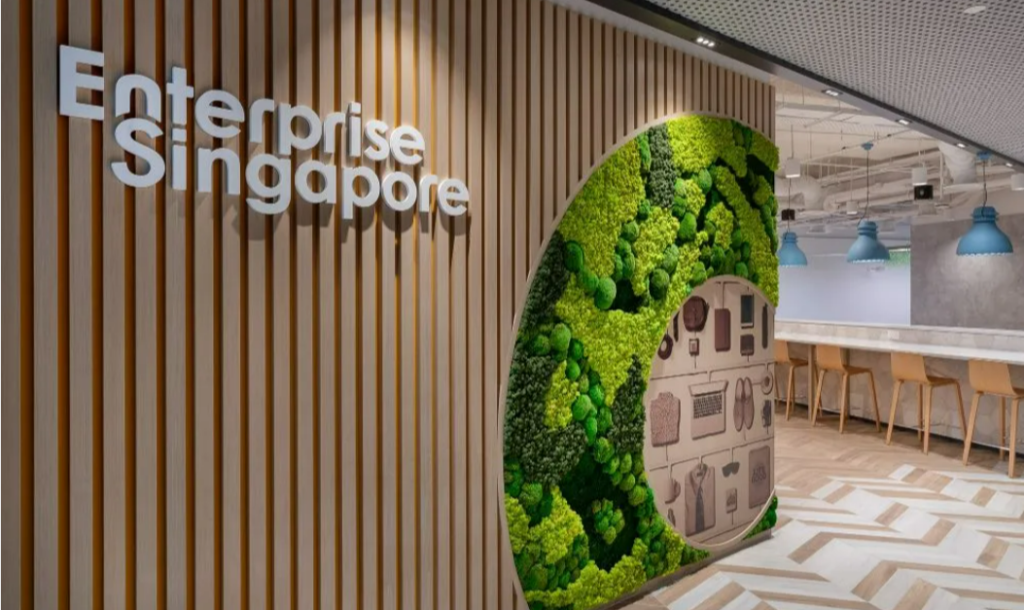Singapore's 4.4% GDP Surge: Why Singapore's Economic Rebound Won't Necessarily Boost Your Salary
The Growth Engine: Dissecting Q2 2025's Performance
Singapore's economic resurgence in the second quarter of 2025 represents more than mere statistical recovery—it signals a fundamental shift in the city-state's economic dynamics. The 4.4% year-on-year expansion follows a solid 4.1% growth in Q1, establishing a consistent trajectory of economic momentum.
According to MTI's official release, "On a year-on-year basis, GDP growth in the second quarter was primarily driven by the wholesale trade, manufacturing, finance & insurance, and transportation & storage sectors." (MTI Press Release, 12 August 2025) This broad-based growth provides a foundation for sustained economic expansion, though regional trade tensions continue to cast shadows over the outlook.
Sectoral Performance Breakdown: The Winners and Strugglers
| Sector | Q2 2025 Growth (YoY) | Q1 2025 Growth (YoY) | Trend |
|---|---|---|---|
| Manufacturing | 5.2% | 4.7% | Accelerating |
| Construction | 6.0% | 4.9% | Strong Growth |
| Wholesale Trade | 4.7% | 4.0% | Improving |
| Finance & Insurance | 4.2% | 4.1% | Stable |
| Real Estate | 5.2% | 7.5% | Moderating |
| Food & Beverage Services | -0.5% | -0.7% | Contracting |
| Accommodation | 2.4% | -1.1% | Recovery |
Manufacturing Renaissance: The Precision Engineering and Electronics Boom
Singapore's manufacturing sector continues to outperform expectations, with June 2025 data showing an impressive 8.0% year-on-year growth in output, accelerating from May's revised 3.6% increase. (EDB Monthly Manufacturing Performance, June 2025) The precision engineering cluster has emerged as a standout performer, driven by surging semiconductor equipment demand.
The electronics manufacturing revival reflects global AI infrastructure investments and supply chain reconfiguration. As one industry analysis noted, "Singapore's Q2 2025 manufacturing sector grew 5.5% YoY, driven by electronics, precision engineering, and biomedical manufacturing despite tariff uncertainties." (AI Invest, 11 August 2025)
Investment Implication: Manufacturing Exposure
For equity investors, manufacturing-linked counters present compelling value propositions. The sector's resilience against trade headwinds, coupled with AI-driven semiconductor demand, suggests sustained growth momentum through 2026.

Financial Services: Navigating the Interest Rate Environment
Singapore's finance and insurance sector maintained steady growth at 4.2% year-on-year in Q2 2025, supported primarily by banking and auxiliary financial services. However, the sector faces headwinds as economic uncertainty dampens credit demand and payment transaction volumes.
The three major local banks—DBS, UOB, and OCBC—reported mixed earnings for Q2 2025, with DBS achieving profits of S$2.82 billion, representing a modest 1% year-on-year increase. (Fortune Asia, 7 August 2025) The banking sector's performance reflects the delicate balance between net interest margins and credit growth in a moderating economic environment.
Private Banking and Wealth Management Opportunities
Despite challenges in traditional banking, Singapore's private banking and wealth management segments continue attracting capital inflows. The Monetary Authority of Singapore (MAS) reported net profits of S$19.7 billion for the 2024/25 financial year, with assets under management showing steady growth. (Reuters, 15 July 2025)
Employment Dynamics: The Productivity Paradox
Singapore's unemployment rate remained stable at 2.0% in Q2 2025, down from 2.1% in the previous quarter. However, employment growth patterns reveal concerning trends for different demographic segments. (MTI Economic Survey Q2 2025)
The latest employment data indicates that 6,900 jobs were added in Q2 2025, though the distribution across sectors and nationality categories requires careful analysis. Manufacturing and finance sectors drove job creation, whilst hospitality and retail segments experienced workforce contractions.

Wage Growth and Productivity Trends
Value-added per worker increased by 2.6% year-on-year in Q2 2025, whilst overall unit labour costs rose by 0.3%. (MTI Economic Indicators, Q2 2025) This productivity-wage dynamic suggests that economic growth benefits may not immediately translate into proportional salary increases for professionals.
The Ministry of Manpower's hiring and wage expectations survey reveals softening sentiment, with the proportion of firms expecting to hire in the next three months declining to 43.7% in June from 44.0% in March. Similarly, firms expecting wage increases dropped to 22.4% from 24.4% over the same period. (MTI Press Release, 12 August 2025)
Inflation Landscape: The Goldilocks Environment
Singapore's inflation environment remains remarkably benign, with MAS Core Inflation stable at 0.6% year-on-year in Q2 2025. The Monetary Authority projects both MAS Core Inflation and CPI-All Items inflation to average 0.5-1.5% for 2025 as a whole. (MAS Monetary Policy Statement, 30 July 2025)
This low-inflation environment provides several advantages for investors and businesses. Import price pressures remain contained due to "ample global oil supplies and falling regional producer prices," whilst domestic cost pressures are moderated by productivity gains and modest wage growth. (MAS Monetary Policy Statement, 30 July 2025)
Strategic Positioning for Retail Investors
Equity Market Opportunities
The current economic environment presents nuanced opportunities across Singapore's equity markets. Manufacturing-linked counters, particularly those exposed to precision engineering and semiconductor supply chains, offer attractive risk-adjusted returns. The sector's resilience against global trade tensions, combined with AI-driven demand, supports sustained growth prospects.
REIT Renaissance
Singapore REITs are experiencing renewed investor interest as interest rates stabilise and property fundamentals improve. Industrial REITs, particularly those with data centre and logistics exposure, present compelling dividend yields averaging 7.7% compared to 5.3% for Singapore stocks generally. (UOB Asset Management, 2025)

Fixed Income and Alternative Investments
Singapore's government securities continue to offer attractive risk-free returns, with 10-year Singapore Government Securities yielding approximately 3.5%. For sophisticated investors, corporate bonds from well-capitalised Singapore companies provide yield premiums whilst maintaining credit quality.
The private credit and alternative investment space has expanded significantly, with family offices and high-net-worth individuals increasingly diversifying beyond traditional asset classes. Singapore's regulatory framework supports these developments whilst maintaining investor protection standards.
SME Growth Strategies: Riding the Recovery Wave
Government Support Ecosystem
Singapore's SME support framework has been enhanced through Budget 2025 measures, including 50% Corporate Income Tax rebates and expanded grant schemes. The Enterprise Financing Scheme (EFS) continues providing comprehensive funding access across all business growth stages.
Key sectors presenting SME opportunities include:
- Technology Services: AI implementation, cybersecurity, and digital transformation consulting
- Healthcare and Wellness: Ageing population demographics drive sustained demand
- Sustainable Solutions: Environmental, social, and governance (ESG) compliance services
- Supply Chain Innovation: Logistics optimisation and trade facilitation
Internationalisation Prospects
Enterprise Singapore's recent initiative supporting SME overseas expansion reflects government commitment to helping local companies scale beyond domestic markets. (Enterprise Singapore, 6 August 2025) Southeast Asian markets, particularly Vietnam, Thailand, and Indonesia, present attractive expansion opportunities for Singapore SMEs with established business models.

Forward Outlook: Navigating Q4 2025 and Beyond
The economic trajectory for the remainder of 2025 suggests moderation from the robust first-half performance. MTI warns that "Singapore's economic growth is expected to slow in the second half of the year compared to the first half because of slower growth in outward-oriented sectors." (MTI Press Release, 12 August 2025)
Key Risks and Opportunities
Principal downside risks include potential re-escalation of US-China trade tensions, global financial market volatility, and geopolitical disruptions affecting energy markets. However, several factors support continued economic resilience:
- Diversified Economic Structure: Multiple growth engines reduce dependency on single sectors
- Strong Institutional Framework: Robust regulatory and monetary policy frameworks
- Strategic Geographic Position: Regional hub status for trade, finance, and technology
- Innovation Ecosystem: Government support for R&D and technology adoption
Investment Horizon Considerations
For investors with 12-24 month horizons, the current environment favours selective equity exposure, particularly in manufacturing, technology, and infrastructure-related sectors. REITs offer defensive characteristics with attractive yields, whilst government securities provide portfolio stability.
Longer-term investors should position for Singapore's structural transformation towards higher value-added activities, sustainability initiatives, and regional integration. The government's commitment to maintaining Singapore's competitive advantages suggests continued policy support for business-friendly environments.

Conclusion: Strategic Patience in Uncertain Times
Singapore's 4.4% GDP growth in Q2 2025 demonstrates the economy's fundamental resilience and adaptability. Whilst global uncertainties persist, the diversified economic structure, robust institutional framework, and strategic government support create opportunities for discerning investors and entrepreneurs.
The key to success in this environment lies in selective positioning—focusing on sectors with structural tailwinds whilst maintaining defensive characteristics. Manufacturing, finance, and technology sectors offer growth potential, whilst REITs and government securities provide stability and income.
For SMEs, the current environment rewards agility, innovation, and international expansion capabilities. Government support schemes provide unprecedented funding access, whilst regional growth dynamics offer attractive market opportunities.

As MAS Managing Director Chia Der Jiun noted in the latest monetary policy statement, "MAS will closely monitor global and economic developments, and remain vigilant to risks to inflation and growth." (MAS Monetary Policy Statement, 30 July 2025) This measured approach reflects the nuanced nature of current economic conditions—strong fundamentals tempered by global uncertainties requiring careful navigation.
The remainder of 2025 will test Singapore's economic resilience as global trade tensions evolve and monetary policies adjust to changing conditions. However, the foundation established through the first half positions the economy well for continued growth, albeit at a more sustainable pace.
Let us know what you think about this topic, and what do you want to hear next.
You can now be our community contributor and make a pitch to have your favourite personality be on our show.
Join our community group and drop us your insights on this topic.

-4.png?width=50&name=Square%20(2)-4.png)

-2.png?height=200&name=2024%20website%20assets%20(1)-2.png)






Let us know what you think of this post